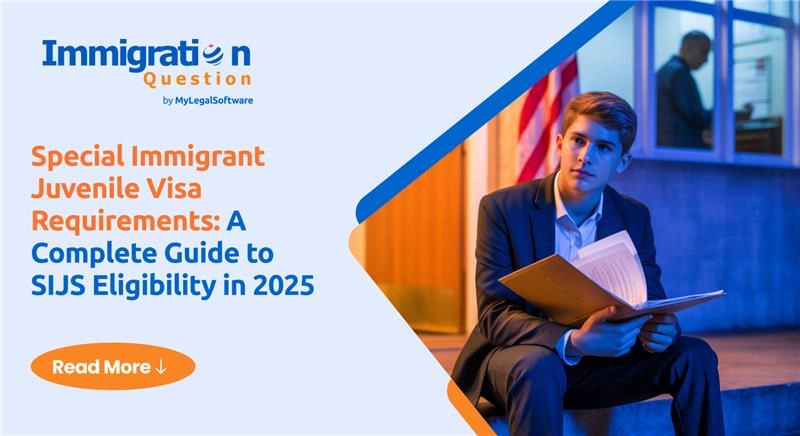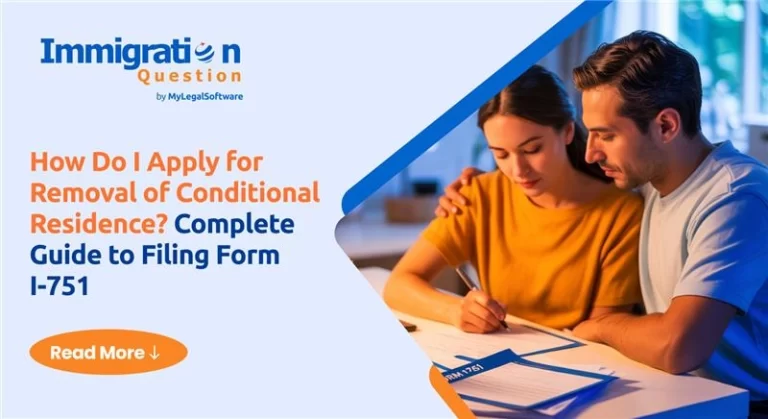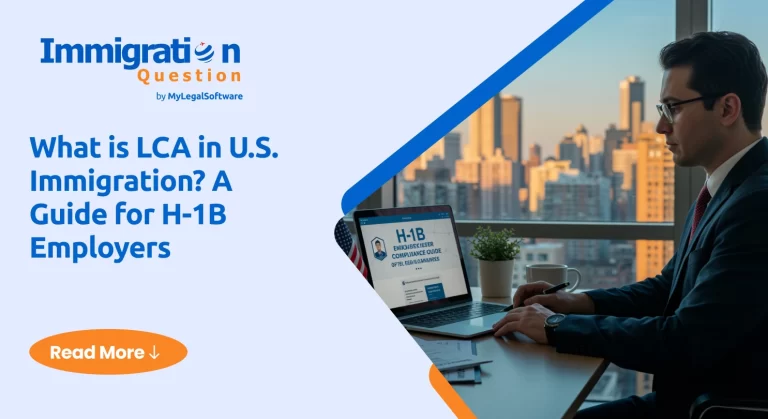Living as a young immigrant in the U.S. can be overwhelming, especially if you’ve experienced abuse, neglect, or abandonment. But there’s a legal pathway that offers protection and a sense of stability: the special immigrant juvenile visa.
This visa is designed for vulnerable youth who can’t safely reunite with one or both parents. If that sounds like your situation or someone you know, understanding the SIJS requirements is the first step to building a secure future in the U.S.
In this guide, we’ll walk you through everything you need to know about the SIJS juvenile visa, from who qualifies, to how to apply to what happens after approval.
What Is a Special Immigrant Juvenile Visa?
The Special Immigrant Juvenile Visa is a U.S. immigration benefit designed for minors who can’t safely reunite with one or both of their parents. It’s meant to protect children in difficult situations and give them a chance at a more stable life in the U.S.
This type of juvenile visa is different from other types of youth immigration options. It’s only available to children who are already in the U.S. and have been declared dependent by a state juvenile court. That court must also determine that it’s not safe or possible for the child to return to a parent – or sometimes even to their home country.
If approved, SIJS can lead to residencia juvenil USA (youth residency) and, eventually, citizenship. It’s a pathway many young immigrants rely on when they’ve run out of other safe options.
Who Qualifies for the Special Immigrant Juvenile Visa?
Meeting the SIJS requirements is the first step toward applying. Here’s who may qualify:
- You must be under 21 years old at the time of filing Form I-360.
- You must be unmarried.
- You need a juvenile or family court order saying you’re dependent on the court or that someone else has legal custody or guardianship of you.
- The court must also find that you can’t safely reunite with one or both of your parents due to abuse, neglect, or abandonment.
- The judge must decide that returning to your home country is not in your best interest.
- And finally, you must already be living in the United States.
These findings are made by a state court, not by immigration officials, which is why working with both a lawyer and the court system is often necessary.
How to Apply for a SIJ Visa?
Applying for a SIJS visa juvenil happens in two big stages: first through your local family court, and then through U.S. Citizenship and Immigration Services (USCIS).
Here’s how it goes:
1. Get a Juvenile Court Order
You or your attorney will petition your local juvenile or family court for a dependency or custody order with the necessary SIJS findings.
2. File Form I-360 with USCIS
After the court issues its order, you submit Form I-360 to USCIS. This is the official petition for a special immigrant juvenile visa (also referred to as visa juvenil USCIS).
3. Apply for a Green Card (Form I-485)
Once your I-360 is approved and a visa is available, you can apply to adjust your status and become a lawful permanent resident.
Each step requires documentation, like birth certificates, proof of court orders, and in some cases, affidavits or additional legal records.
Benefits of Getting a Special Immigrant Juvenile Visa
Getting a special immigrant juvenile visa opens the door to real, long-term security. Some of the key benefits include:
- Protection from deportation
- A path to permanent residency (residencia juvenil USA)
- Access to healthcare, employment, and education
- Emotional and legal stability
- A clear pathway to U.S. citizenship
For young people facing serious challenges, this visa isn’t just a legal tool – it’s a lifeline.
The Role of State Courts in the SIJS Process
The SIJS visa process starts in state court, not with USCIS. That’s what makes it unique – and sometimes confusing.
A state juvenile or family court must:
- Declare you dependent or place you in custody or guardianship
- Decide that reunification with one or both parents isn’t possible because of abuse, abandonment, or neglect
- Rule that going back to your home country is not in your best interest
These decisions are part of your court order, and without them, USCIS won’t even consider your immigration petition. So, while this is a federal immigration program, state court findings are the foundation of your entire visa juvenil case.
Age-Out Protection and Other Special Considerations
One of the biggest concerns with special immigrant juvenile visa is timing, especially for those approaching 21 years. Fortunately, the Child Status Protection Act (CSPA) helps protect applicants from “aging out” if they file their petition in time.
A few other important things to keep in mind:
- Even if you’re not in foster care, you might still qualify.
- Long wait times won’t affect your age eligibility if you file on time.
- In emergency cases, some courts or attorneys may be able to fast-track parts of the process.
- Once you have residencia juvenil USA pending, you may also be eligible for work authorization.
How Do I Get Permanent Residency (Green Card) After SIJS?
After your I-360 petition is approved, you can apply for a green card through adjustment of status. Here’s what that part of the process usually involves:
- Filing Form I-485 with supporting documents
- Attending a medical exam
- Providing biometrics (fingerprints)
- Work permit application (optional)
Once USCIS approves your adjustment of status, you’ll become a lawful permanent resident. That means you’ll have access to more opportunities and protections – and eventually, you may be able to apply for U.S. citizenship.
Final Thoughts
The special immigrant juvenile visa exists for a reason: to protect young people who’ve been through hard situations and need a safe place to grow. If that’s you or someone you care about – understanding the SIJS requirements is just the first step.
However, this process can be confusing, and it often involves both immigration and family law. But you don’t have to go through it alone.
Visit Immigration Question to ask your questions and get answers within hours. You can also connect with experienced immigration attorneys who’s willing to offer free consultation and can help you take the next step toward your future in the U.S.
Frequently Asked Questions
1. Can I apply for a SIJ visa if I’m over 18 but not yet 21?
Yes. As long as you’re under 21 and unmarried when you file Form I-360, you may still qualify for SIJS.
2. Do I need to be in foster care to apply?
No. Foster care is not required. You just need a qualifying court order showing you’re dependent or in someone’s custody.
3. Can I include my brothers or sisters in my application?
No. SIJS only applies to the individual applicant. Siblings must file separate applications.
4. How long does the process take?
It varies. I-360 approval can take 6 to 12 months. Getting your green card afterward may take longer, depending on your country of origin.
5. Can I apply if I came to the U.S. without legal papers?
Yes. How you entered the country doesn’t disqualify you from SIJS eligibility.
6. Do I automatically get a green card after my SIJS is approved?
Not automatically. You still need to apply for a green card through adjustment of status by filing Form I-485.









